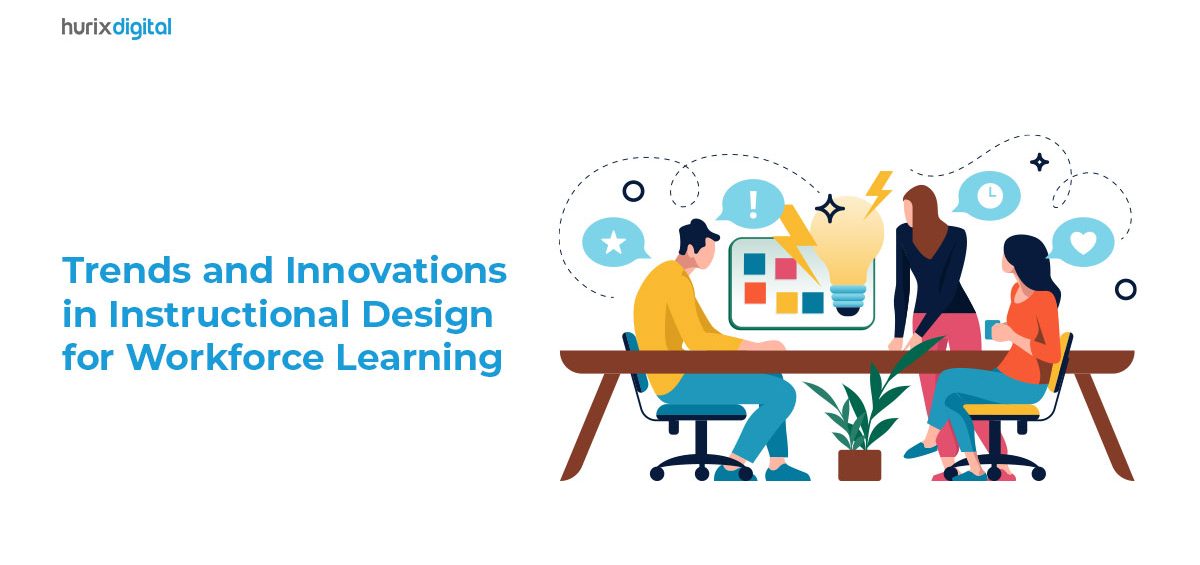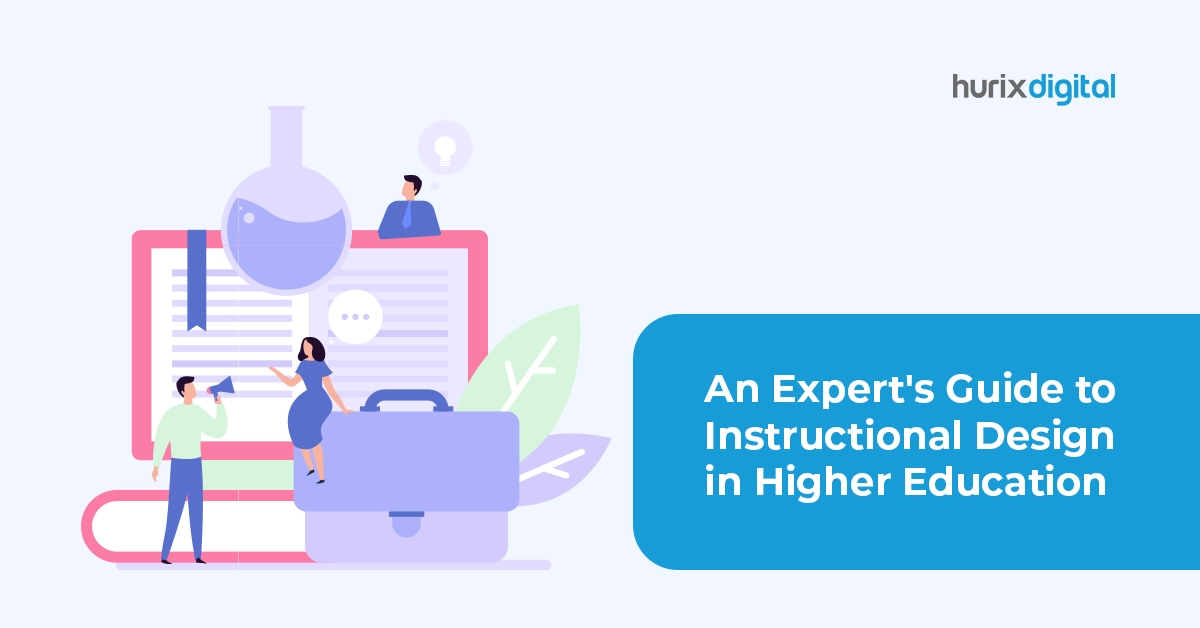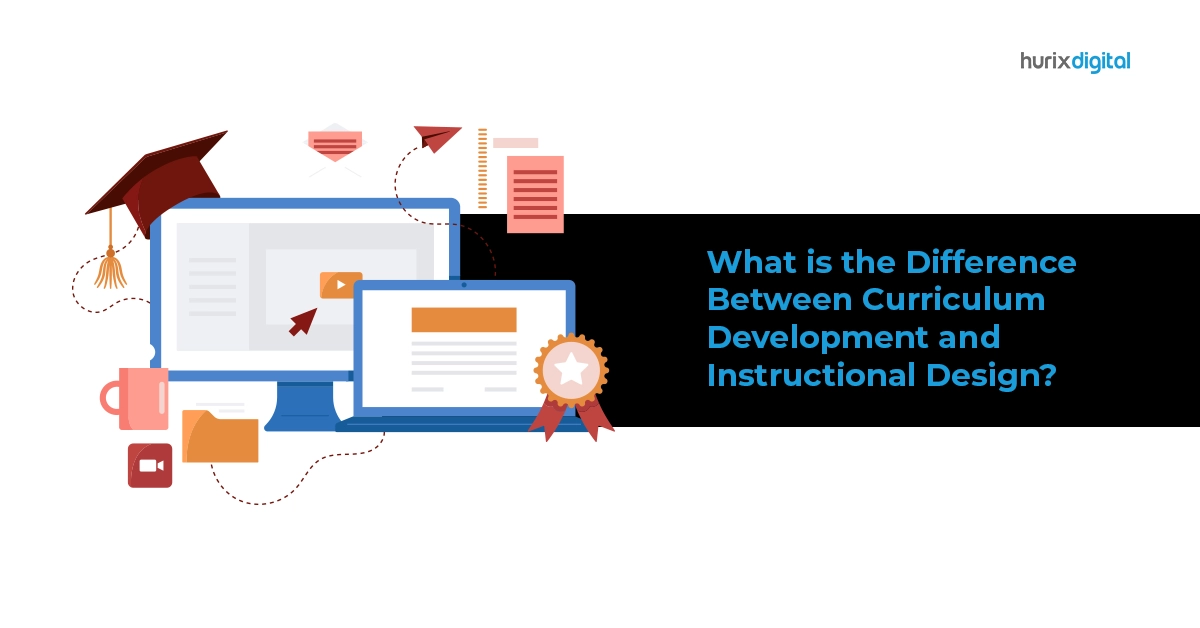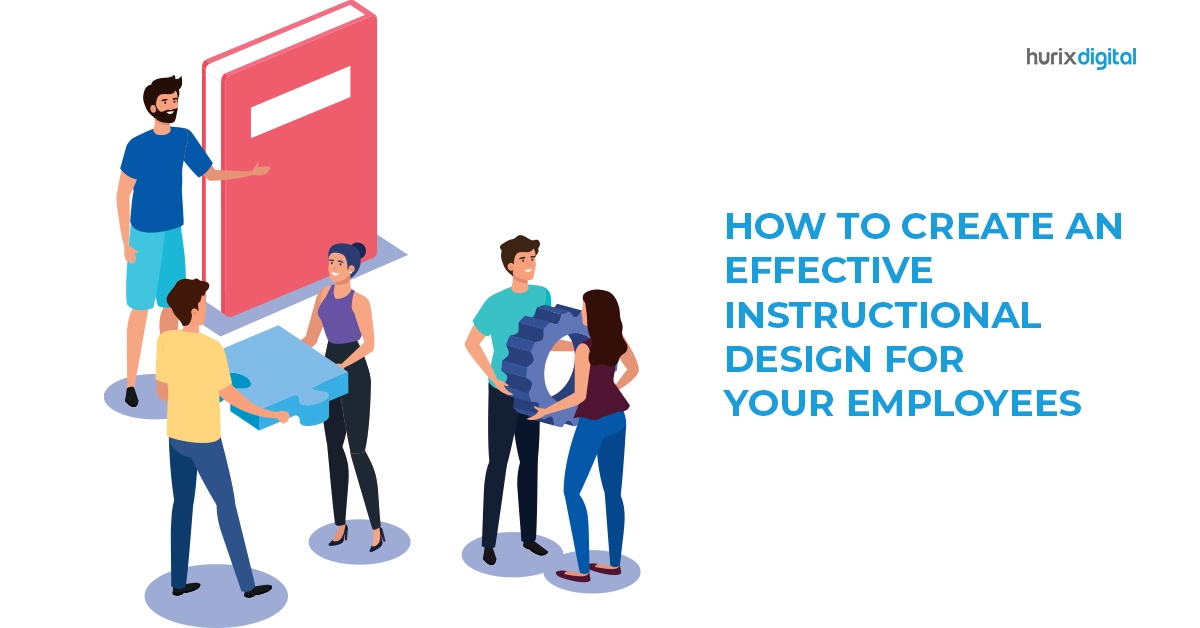Summary
This article discusses the benefits of translating and localizing workforce learning content. It also discusses the best ways to measure its effectiveness.
It goes without saying that in the highly competitive nature of industries today, your workforce can make all the difference between being on top Vs. being one among the crowd. An effective workforce learning program must ensure that your employees are on top of the game, and it means employing the latest instructional design trends.
The LMS industry is projected to grow to a staggering $40.95 billion by 2029. It shows there is a lot of potential and scope for this field to grow and adopt the latest in training methodologies.
The year 2023 is witnessing several breakthrough trends in instructional design, and in this blog, we will explore the most significant among them.
Table of Contents:
Latest Instructional Design Trends Driving Workforce Learning Innovations
Training and development trends keep evolving, but in 2023, critical instructional design trends are transforming workforce learning.
1. Immersive Learning Experiences Using Virtual Reality
Virtual reality in workforce training has opened up a new dimension to learning. Limited to the gaming industry for decades, VR is now taking some major strides in innovative instructional design such as aviation, healthcare, and manufacturing, to name a few.
Take the aviation industry, for example.
Pilots can be trained on realistic VR simulators without putting multibillion planes or live at risk. In the field of healthcare, surgeons can practice high-risk and intricate procedures and gain hands-on experience without the risk associated with real patients.
Also Read: 5 Industries That Will Drive Virtual Reality in Corporate Training
2. On-The-Job Learning with Augmented Reality
Apple’s Vision Pro goggles gave the world an insight into the future of work and what productivity could be like shortly. While this technology is still developing for the masses, Augmented Reality for learning is already catching on and is changing the game in innovative instructional design.
AR in the field of learning can perform two distinct roles. First, its ability to overlay digital information in the real world can enable employees to access contextually relevant guidance, instructions, and visualizations that can train them on the job.
Second, this hands-free access to critical information can improves efficiency, reduces errors, and enables employees or workers to troubleshoot issues more effectively.
Take the world of maintenance, for example.
AR-equipped devices can provide technicians with real-time overlays of information. This includes step-by-step instructions or equipment schematics directly in their field of view to either help detect potential issues or provide step-by-step instructions on how to fix them.
3. Personalized Learning with Artificial Intelligence
The past few months have seen a myriad of AI technology come into the public domain. OpenAi’s ChatGPT and Google’s Bard are perhaps the most popular and well-known of them.
Artificial intelligence in training is gaining a lot of traction and is possibly the most significant training and development trend in instructional design. AI can analyze learner data, learn their patterns and preferences and generate personalized learning content, recommendations, and assessments.
For example, an AI-driven learning management system can dynamically adapt each employee’s learning path based on their needs, progress, and learning style. In turn, it can provide targeted resources to ensure that they receive the most relevant and impactful learning materials to optimize their learning.
4. Social and Collaborative Learning
Social and collaborative learning is another growing trend that harnesses the collective knowledge and experiences of individuals within an organization. This type of learning involves learners working together to solve problems or complete tasks via online platforms, discussion forums, and virtual communities.
In addition to facilitating collaboration, social learning systems can capture and curate user-generated information, transforming tacit knowledge into explicit knowledge that a broader audience can access. This knowledge democratization ensures that important expertise is shared and kept inside the organization.
5. Learning Via Gamification
Gamification is the use of game-like elements in non-game contexts. This can be a highly effective way to engage learners and make learning more fun.
Gamification techniques can be used to create interactive learning activities, track progress, and provide rewards for completing tasks. Gamification in workforce learning has several benefits.
- First, it can increase an employee’s levels of engagement, which in turn can make learning a positive experience. Not only does this improve participation, but gamification techniques in learning have also proved to improve knowledge retention.
- Second, gamification techniques are designed to work on our innate urge to achieve goals and targets, which instills a sense of achievement and progress. This encourages employees to continue their learning journey.
- Gamification learning also makes use to AI to personalize and gamify an employee’s learning experience, which has also been proven to have definitive improvements in learning outcomes and knowledge retention.
- And finally, gamification elements such as points, badges, or leaderboards instill a sense of competition, automatically improving the effectiveness of the learning experience.
As a result of these benefits, gamification is becoming increasingly popular in the field of workforce learning. This is why workforce learning via gamification increases employee happiness by 89%.
Another survey showed that 69% of employees would stay at their present company for more than three years if gamification in some form were implemented at the workplace.
Also Read: Why Your Online Training Course Development Needs Gamification
Conclusion
The employment landscape is transforming, necessitating a shift in training methods. Luckily, instructional design for workforce learning is undergoing advancements that heighten engagement, efficacy, and accessibility.
Leveraging these trends can enable you to construct training initiatives that fortify staff members’ capacity to keep pace with shifting demands in the dynamic workplace.
Hurix Digital‘s Workforce Learning solutions help organizations improve employee performance, productivity, and engagement. Our custom solutions are tailored to your specific training needs, and our team of experts will work with you to create a learning experience that is engaging, effective, and measurable.
Contact us today to learn more about how Hurix Digital can help you improve your workforce learning. We look forward to hearing from you!











